Artificial Intelligence: Ally or Threat to Cyber Risk?
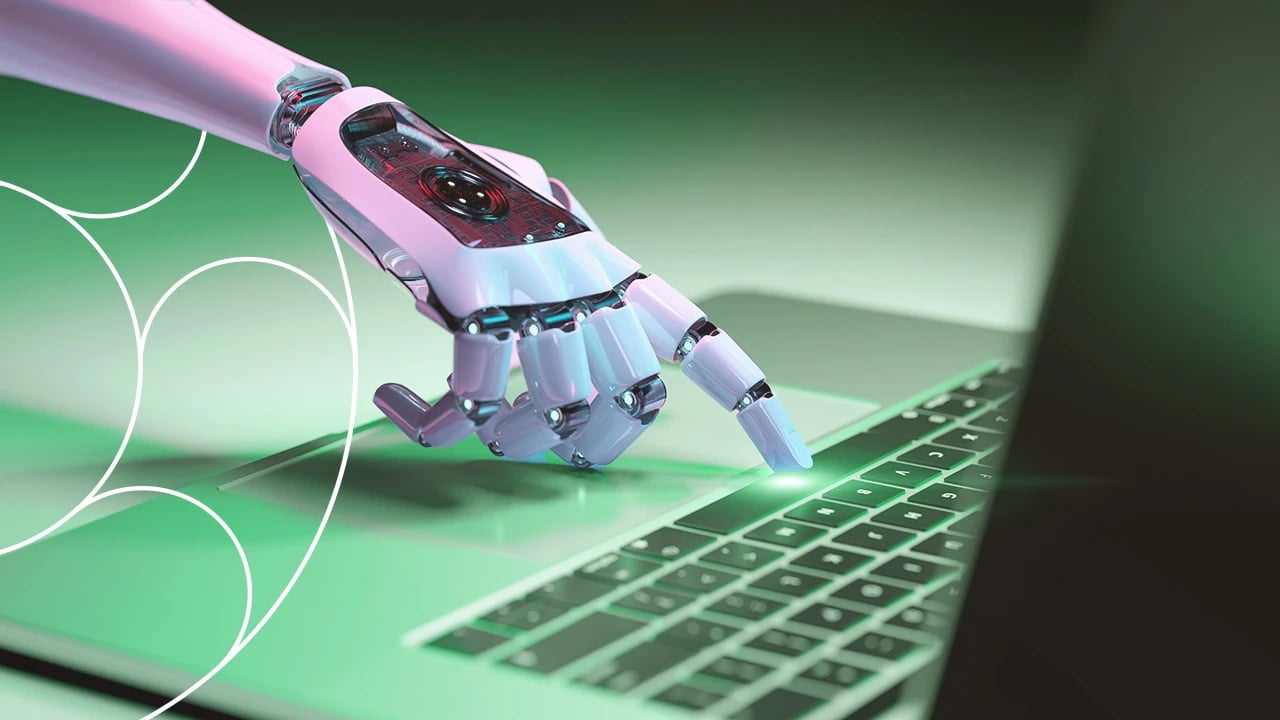
Alexa, Siri, ChatGPT, Watson, etc., all have in common that they are artificial intelligence tools created to make people's lives more comfortable, reduce manual workload, and improve their user or shopping experience. Their great potential has led more than 35% of businesses worldwide to adopt AI in their work processes.
AI's capabilities have gained tremendous popularity, from real-time coherent dialogues to task automation, reporting, statistics, and more. However, although their creation and adoption aim to be a support tool, can they pose a threat and increase cyber risk?
Stay with us and find out the role of AI in enterprise cybersecurity.
Let's get started!
What does Artificial Intelligence mean?
AI refers to the set of algorithms or computer systems that simulate the reasoning and execution of human tasks in machines. Among AI's capabilities is mastery of specific subjects, language processing, voice detection, etc.
Let's see how AI does it!
How does Artificial Intelligence work?
Although there are different types of AI, they have in common that they work by processing large volumes of data, which is searched, analyzed, and sorted after determining their relationship or extracting common patterns to provide answers to the user. This method allows the AI tool to interact, such as realistic and real-time conversations, identify objects from images, write texts, make summaries or analyses, etc.
Find out more about its cognitive capabilities!
What are the capabilities of AI tools?
According to statistics, 77% of currently used devices feature some form of AI. Why? Like humans, AI can keep learning, and as it is used, its algorithms are optimized, and its database grows. It also self-corrects, adjusting its responses to perform the requested order better.
In addition, AIs can reason, i.e., to select the best course of action or response to the problem posed from among several available options. Finally, artificial intelligence can create new things through its systems based on methodical rules; it can create texts, images, songs, music, etc.
But can it become a double-edged sword?
AI Risk: artificial intelligence and cybersecurity
The significant advantages offered by AI to simplify processes and operations within organizations have elevated its popularity; 72% of businesses believe it makes their work more straightforward, and 90% estimate its use as a competitive advantage. But couldn't such advanced tools be used to affect organizations of all types?
Yes, the impact of AI depends on how humans use them. In the hands of hackers, it could raise the risks of cyber-attacks, even creating new and more sophisticated forms of violent access and misuse of an organization's data.
What challenges does AI pose for cyber risk management?
As previously stated, AI uses systematic rules or algorithms to process vast amounts of data efficiently and precisely. However, a company's AI risks involve its ability to accelerate and automate attacks.
Let's take a look at some of them and some examples:
- Data manipulation
A hacker can improperly access and introduce false data into the system, altering the analysis and results that the AI would provide. For an organization, this could represent the suspension of its operations and severe financial losses.
- Ransomware
It can facilitate violent access to critical data for the organization; due to its level of sophistication, it is capable of analyzing and breaking down the walls of the security system, even trying thousands of combinations to gain access to internal systems, and the cybercriminal can ask for a reward in exchange.
In 2021, the fuel supplier Colonial Pipeline suffered a cyber-attack; the hackers used an AI to infiltrate the system and encrypt their data, requesting a significant sum in bitcoins to recover them.
- Phishing
Indiscriminate individuals can use AI to create in just seconds fake emails with personalized messages that look legitimate to the recipient, direct them to malicious links, create fake web pages similar to the original ones, and obtain important employee and customer data.
In 2017 the giant Google suffered such an attack on its Google Docs app; cybercriminals created a similar app that tricked users and extracted user information.
- Identity theft
A sophisticated tool can extract data from online databases, steal users', and even create new identities that include highly credible images that affect a company's onboarding process, allowing access to confidential information.
An example of this occurred in 2019 when a person used AI to simulate the voice of a company executive and managed to steal 200,000.
- Disinformation campaigns
We talk about creativity as a quality of AI. Still, it can help cyber criminals to create and disseminate false content (images and news) but convincing, on a large scale and through different channels, especially social media, affecting the image and reputation of the company.
- Disruption of essential devices and infrastructure
It can also suspend or affect a company's electricity supply, water, or gas vital to an organization, community, or country.
Pirani: a way to prevent AI cyber risk.
Pirani is a fast-to-integrate, easy-to-use risk management software that helps organizations stay one step ahead of potential threats. The tool enables effective and secure management of their most valuable asset; information. It facilitates the implementation of action and prevention plans against possible cyber-attacks. It also optimizes the identification and prioritization of risks according to their impact and probability level. It organizes and communicates the information in user-friendly tables and graphs that all areas and levels understand.
This software offers the organization's members maximum connectivity and control over risk management, with immediate access from different devices, including mobile devices, allowing them to view incident reports in real time so that users can analyze the information collected and take the necessary control measures if malicious access occurs.
Pirani's strong point is that it is a flexible IT solution that allows a fully customized configuration according to the needs and regulatory requirements that the organization must comply with for its healthy operation.
Unveil Pirani's full potential!
What do you think about AI? Are you concerned about AI risk? Have you experienced any AI cyber risk?
Let us know in the comments!
You May Also Like
These Related Stories
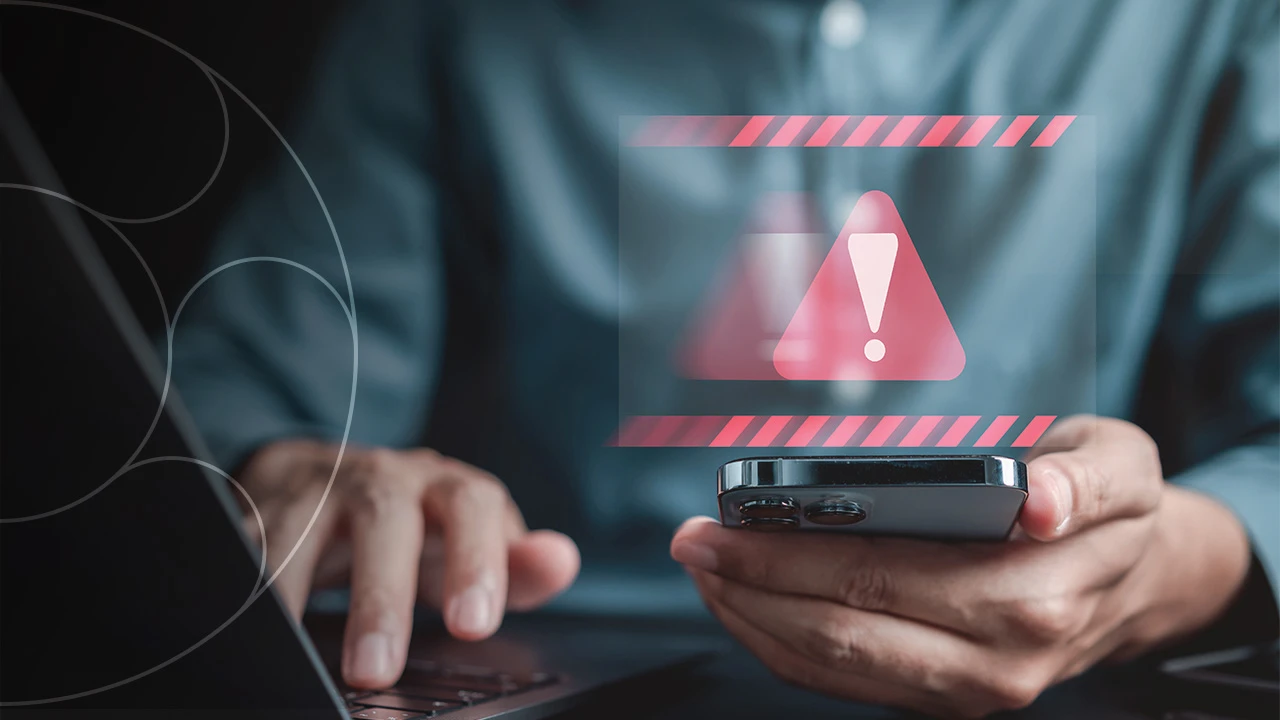
Monitor and Identify Cybersecurity Risks in Your Company
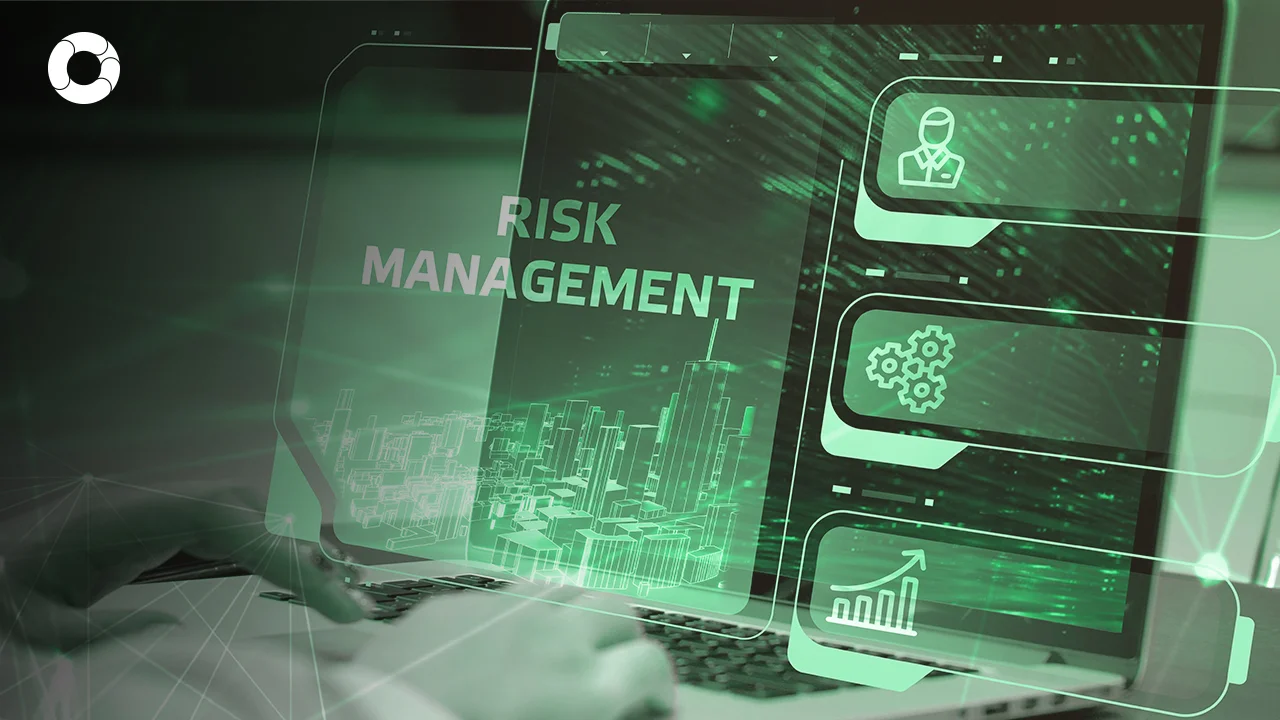
Trends and Future in Operational Risk Management
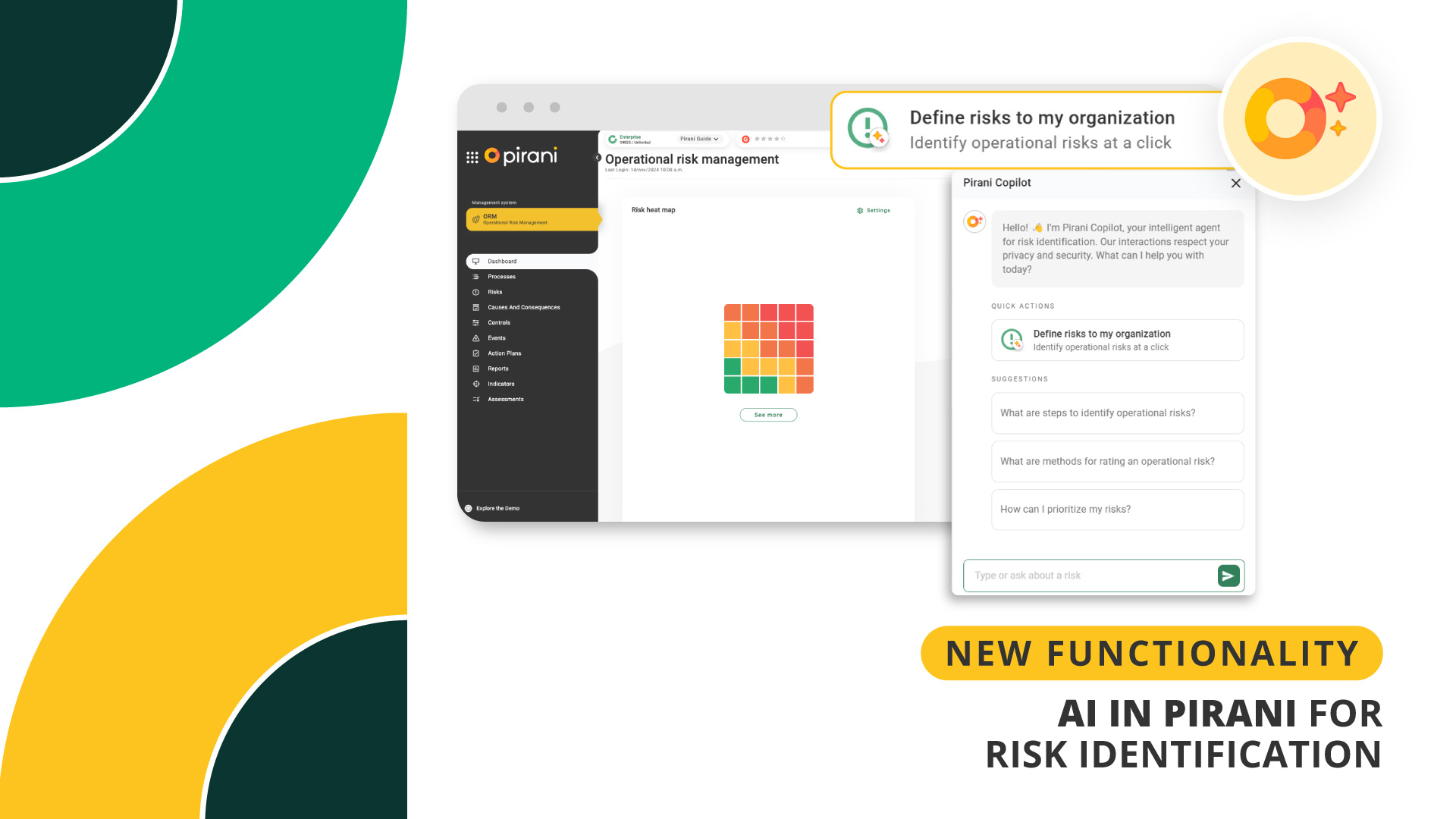
Pirani Copilot: The AI that empowers risk management
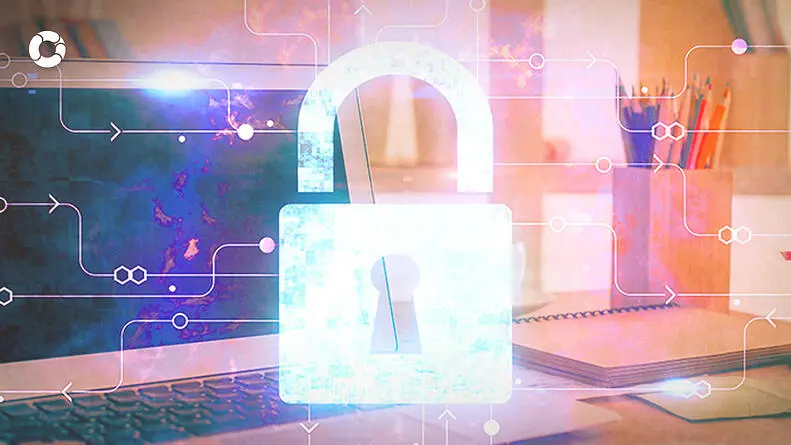
5 main cybersecurity risks to watch out for in 2023

NIST Risk Management Framework: Cybersecurity Practices
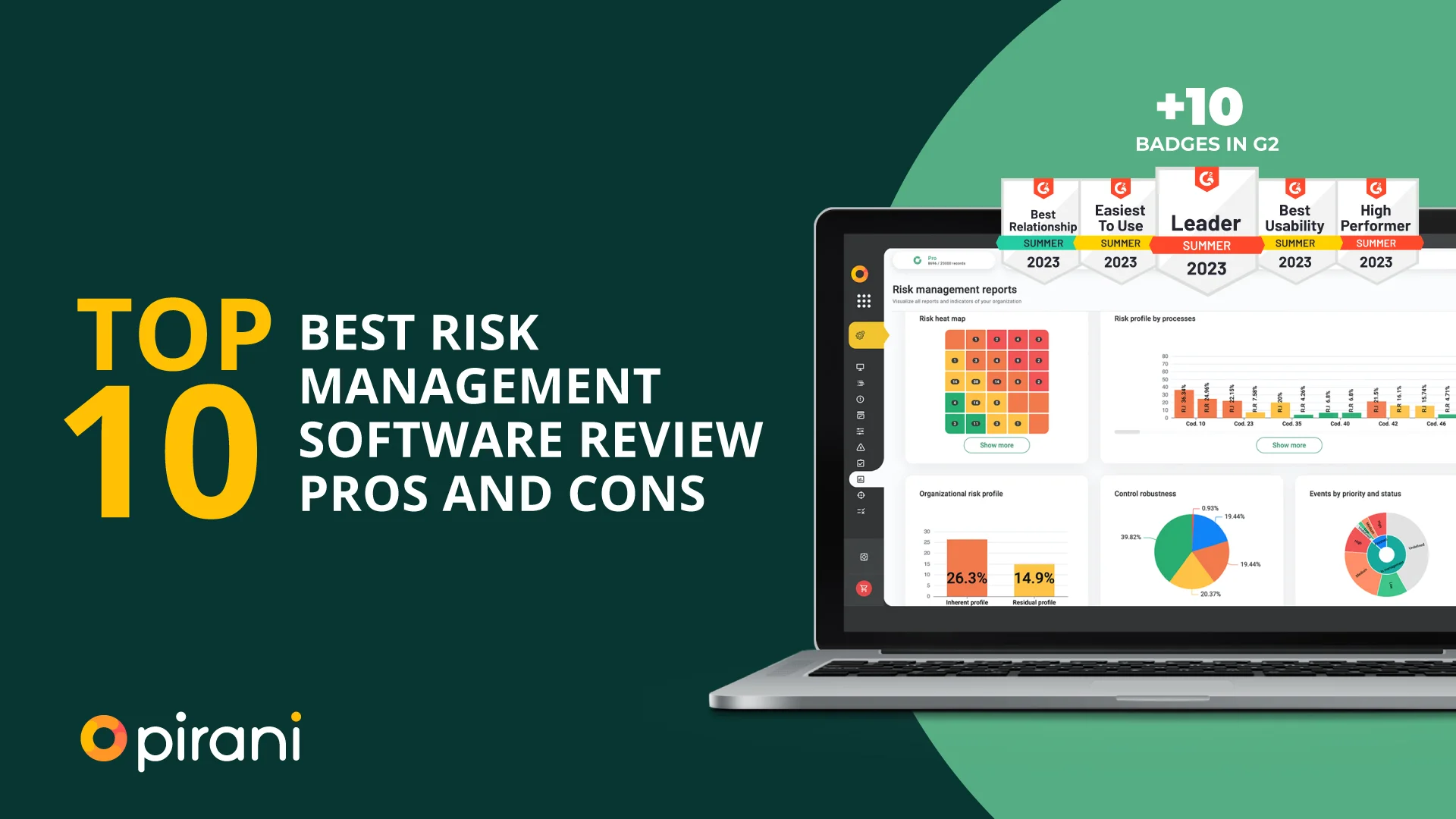
No Comments Yet
Let us know what you think